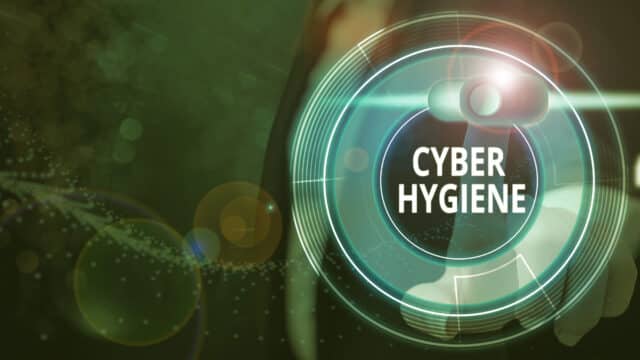Better cyber hygiene could have prevented 92 percent of incidents

A new report reveals that 92 percent of organizations that experienced a security incident in the past year believe stronger cyber hygiene could have prevented it, underscoring how persistent execution gaps continue to leave organizations exposed to preventable risk.
The study by Sapio Research for Swimlane shows that despite unprecedented spending on cybersecurity tools and services, foundational security practices remain inconsistent and often overlooked.
“The fundamentals of security shouldn’t be the hardest part, but they remain the weakest link,” says Michael Lyborg, CISO at Swimlane. “Too many teams treat hygiene as a checklist instead of a living process. Intelligent automation makes it continuous, measurable, and built-in, turning resilience from a goal into a deliverable outcome.”
Among the findings are that 52 percent of organizations say their greatest weakness is the human element, including employee training and awareness. 67 percent audit user access privileges quarterly or less often, and 64 percent fail to continuously assess vendor and supplier security after onboarding.
Only 32 percent of respondents say hygiene and resilience rank among their C-suite’s top priorities, suggesting leadership continues to underestimate how much fundamentals drive overall risk reduction.
Process delays are an issue too, 73 percent of organizations take longer than 24 hours to apply critical patches, while one in four takes between eight and 30 days.
AI and automation are high on the agenda when it comes to fixing the problem, 84 percent say these enhance cyber hygiene, and 64 percent report their use has increased organizational focus on the basics. Expanding AI usage and expertise ranks as the top improvement area (41 percent).
“Cyber resilience depends on operational discipline as much as technological sophistication,” says Cody Cornell, co-founder and CEO at Swimlane. “We’re at a turning point where agentic AI can finally make the fundamentals automatic. The organizations that embed AI agents into daily automated workflows will transform hygiene from a persistent challenge into a lasting competitive advantage.”
The full report is available from the Swimlane site.
Image credit: artursz/depositphotos.com
